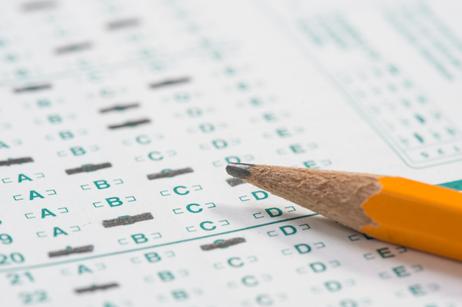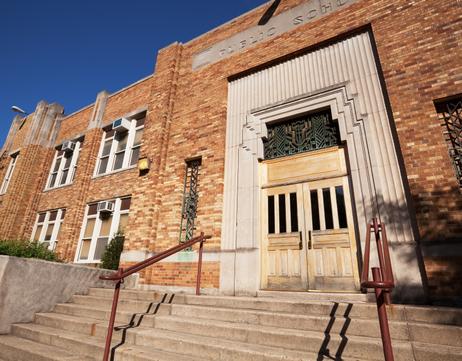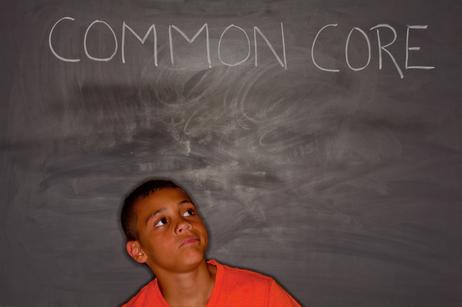As the pressure to demonstrate student achievement has increased over the last decade, some educators have begun bending the rules. While cheating scandals involving teachers are nothing new, with the passage of the No Child Left Behind Act (NCLB) in 2002, the stakes for teachers and students alike rose dramatically.
NCLB’s strict testing and performance requirements have gotten the most attention over the years. Students in elementary and middle grades are required to be tested annually in math and reading. High school students must be tested at least once between tenth and twelfth grade. Schools must also demonstrate “adequate yearly progress,” in which students show year-to-year improvement towards the eventual goal that 100 percent of students are proficient on tests in both subject areas.
Originally, districts had until 2014 to meet 100 percent proficiency. But by 2011 it became clear that thousands of schools across the country would not meet this goal. As a result, the Obama Administration agreed to award waivers to districts that could not reach the goal, however, districts had to agree to implement teacher evaluation systems that were directly tied to student test scores if waivers were to be granted. Thus, cheating scandals involving educators have since become much more commonplace.
Cheating Cases Reported Across the Nation
Educators in Philadelphia have been charged with “fostering a culture of cheating” after the state’s attorney general discovered in 2008 that teachers had provided test answers to students, improperly reviewed state





















